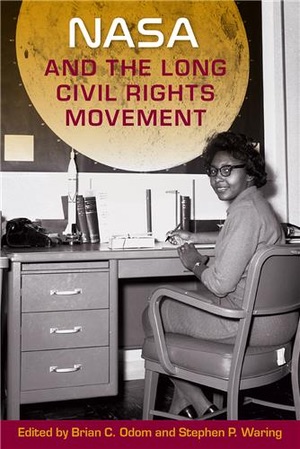Review: NASA and the Long Civil Rights Movementby Jeff Foust
|
| The business community in Huntsville one essay noted, played a role in helping integrate the city, less out of any high-mindedness about civil rights than more pragmatic concerns about losing contracts and jobs. |
The book is a collection of essays on various topics related to civil rights. A pair of essays early in the book contrast the use of the language “benefit of all mankind” as a foreign policy tool of the US government to illustrate its space activities were intended for peaceful purposes with the criticism the space program got from African Americans within the country, who saw little benefit to spending billions of dollars on space when they were dealing with social and economic problems.
Other chapters focus on how space and the civil rights movement collided in Huntsville, Alabama, home of the Marshall Space Flight Center and long a segregated community. (The book’s editors are historians at NASA Marshall and the University of Alabama Huntsville.) The business community in the city, one essay noted, played a role in helping integrate the city, less out of any high-mindedness about civil rights than more pragmatic concerns about losing contracts and jobs.
Later chapters emphasize the “long” part of the long civil rights movement, examining issues in the 1970s and later, such as NASA’s work trying to apply some of its personnel and technologies to social problems in the ’70s, with limited success, and efforts by the newly established Congressional Black Caucus to force NASA to close a tracking station in apartheid-era South Africa, with more success. Another chapter offers an interesting examination of perceptions of race: Arnaldo Tamayo Méndez was the first Cuban in space in 1980, but his African heritage wasn’t emphasized at the time of his flight. Only after NASA astronaut Guy Bluford became the first African American in space in 1983 did the media recognize Méndez as the first black person in space.
This book is primarily intended for historians or those deeply interested in this aspect of history, either from the space or civil rights perspectives (as the book’s price might suggest.) Its essays do provide a broader, and more nuanced, perspective on how NASA affected the civil rights movement, and vice versa.
Note: we are temporarily moderating all comments submitted to deal with a surge in spam.
